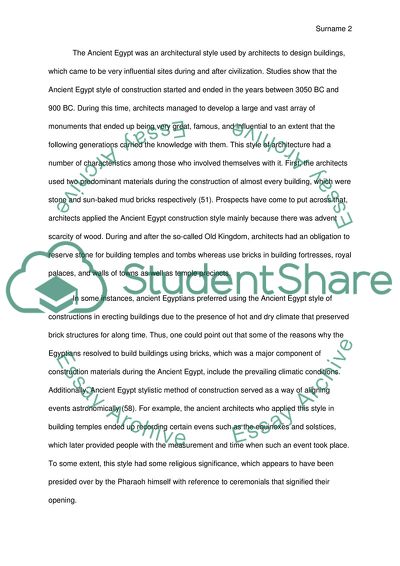Cite this document
(The Use and Abuse of Historical Precedent Coursework Example | Topics and Well Written Essays - 1750 words - 1, n.d.)
The Use and Abuse of Historical Precedent Coursework Example | Topics and Well Written Essays - 1750 words - 1. https://studentshare.org/architecture/1795443-the-use-and-abuse-of-historic-precedent
The Use and Abuse of Historical Precedent Coursework Example | Topics and Well Written Essays - 1750 words - 1. https://studentshare.org/architecture/1795443-the-use-and-abuse-of-historic-precedent
(The Use and Abuse of Historical Precedent Coursework Example | Topics and Well Written Essays - 1750 Words - 1)
The Use and Abuse of Historical Precedent Coursework Example | Topics and Well Written Essays - 1750 Words - 1. https://studentshare.org/architecture/1795443-the-use-and-abuse-of-historic-precedent.
The Use and Abuse of Historical Precedent Coursework Example | Topics and Well Written Essays - 1750 Words - 1. https://studentshare.org/architecture/1795443-the-use-and-abuse-of-historic-precedent.
“The Use and Abuse of Historical Precedent Coursework Example | Topics and Well Written Essays - 1750 Words - 1”. https://studentshare.org/architecture/1795443-the-use-and-abuse-of-historic-precedent.


